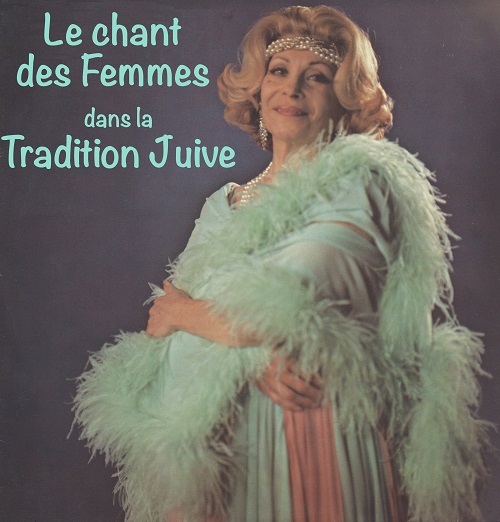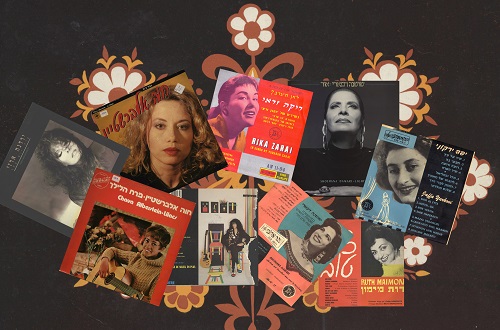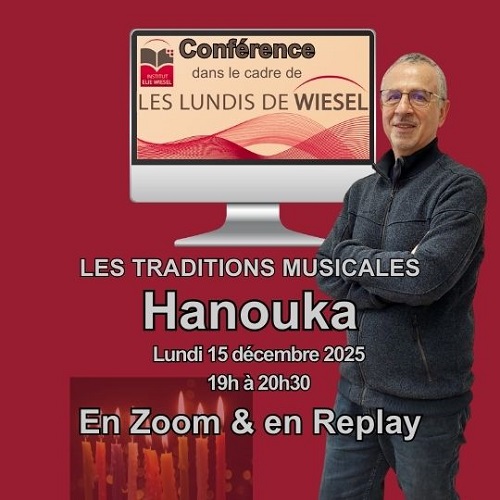
By Hervé Roten
The status of women in the Jewish tradition is often source of controversy. The halakha – the Jewish law – generally puts the woman in the role of the housekeeper and educator of her children. But it has not always been like that.
When we look back at the Book of Judges that tells us the story of the Hebrews, between the conquest of Canaan and the arrival of royalty, one woman has a special place. It’s Deborah, 4th judge of Israel, prophetess and military chief. In the 13th century before J.C., she convokes a warrior named Barak so that he builds an army among the tribes of Naphtali and Zebulun to defeat the Canaanite army of Sisera who serves king Jabin. After a ferocious fight, Sisera is killed by another woman, Jael. And this victory leads to the final defeat of canaanite king Jabin. Deborah sings then with Barack a hymn, a victory song that echoes like a warning to foreign princes and kings that can be a menace to the Hebrews.
Through this Biblical tale is the image of a freed and liberator woman, equal to man, who doesn’t hesitate to sing with him. Another reference to the singing of woman is found in the Bible after the crossing of the Red Sea. As the waves swallow Pharaoh’s army, saving the Hebrews in their flight, the men sing a hymn to the Lord (chirat hayam), then Moses’ sister Miriam and all the women dance and sing to the sound of the tambourine (Exodus, XV, 20-21). At that moment, men and women are symbolically unified by singing.
These biblical references did not prevent rabbinic authorities centuries later from declaring the singing of woman impure. Because the voice expresses nudity, halakha dictates that a woman may not sing in the presence of men, in order not to distract them from prayer and study.
That’s why, for a very long time, domestic songs were reserved for women. They were lullabies, wedding songs, songs of mourning or lamentation, all the events that mark the cycle of life. In fact, while the men’s repertoire is generally dedicated to the liturgical cycle of the year, the women’s repertoire is more linked to daily life and material concerns. The songs are often in the vernacular (Arabic, Yiddish, Judeo-Spanish, Yemeni, etc.). The mother cradles the child, hoping for him a bright future (Durme querido hijico). She sometimes laments the absence of her unfaithful husband. In some Judeo-Spanish songs, it is the wife who is unfaithful. The mother also gives valuable advice to her daughter who is about to get married. The mother-in-law scolds her daughter-in-law for stealing her son. Finally, “professional” mourners still exist in some traditional Jewish communities.
There were exceptions to this rule, however. Jewish female musicians are mentioned in medieval Spain[1]Cf. Judith Cohen, « Le rôle des femmes-musiciennes dans l’Espagne médiévale au sein des communautés chrétienne, juive et musulmane », thèse de master, université de Montréal, 1980.. In the Ashkenazi world, various sources from the 15th to the 17th centuries echo complaints about women singing in public. In the Arab world at the beginning of the 20th century, when singing was forbidden to Muslim women, the greatest female singers were often Jewish, such as Leyla Sfez, Zohra al Fassiya, Louisa Tounisia, Fritna Darmon, and the famous Hbiba Msika, a free woman and master of her own destiny who was adored not only by the Tunisian people but also by the entire city of Paris.
In Western Europe, the emergence of the Haskalah (Jewish Enlightenment) in the mid-1800s led to reforms within normative Judaism. A number of women gained access to an education based on Western culture. Nevertheless, being a Jewish woman in the 19th century was an obstacle for female musicians and composers, who had to contend with surrounding anti-Semitism and a strict division of roles between men and women. Their primary duties were to take care of the children, the home, and the husband. But some women went beyond these archaic notions and followed their passions to the limit. Fanny Mendelssohn-Hensel, born in 1805 and sister of the composer Felix Mendelssohn, is a perfect example. Although musically gifted, her father, Abraham Mendelssohn, warned her to prepare for her future role as a model wife and to give up her “fioritures,” which would interfere with her hard and constant work as a housewife. This infuriated her. But her husband, Wilhelm Hensel, recognized her creative potential and let her do as she pleased. For her 29th birthday, he created a painting in which Fanny depicted Myriam holding a tambourine, symbolizing his acceptance of her art.
Nowadays women sing in multiple ways according to the level of religiousness. In orthodox circles, they have to strictly follow the Halakha. In traditionalist circles, women sing along with men, but each occupies a separate place in the synagogue. Among the reformed, women sing freely, sitting next to the men, and some of them are even chazanit (the feminine word for chazan, which means cantor). Finally, among the non-religious Jews, but very attached to their Jewish identity, the singing has become symbolically a high mean of identity, which explains the renewed interest for Yiddish, Judeo-Spanish and Arabic songs, sang by men and women.
Listen to the radio program : The Judeo-Spanish singing by women from Morocco
Learn more on the CD of Naïma Chemoul (Maayan) : From Andalucia to the Orient… The singing of Sefardi women

| 1 | Cf. Judith Cohen, « Le rôle des femmes-musiciennes dans l’Espagne médiévale au sein des communautés chrétienne, juive et musulmane », thèse de master, université de Montréal, 1980. |
|---|




